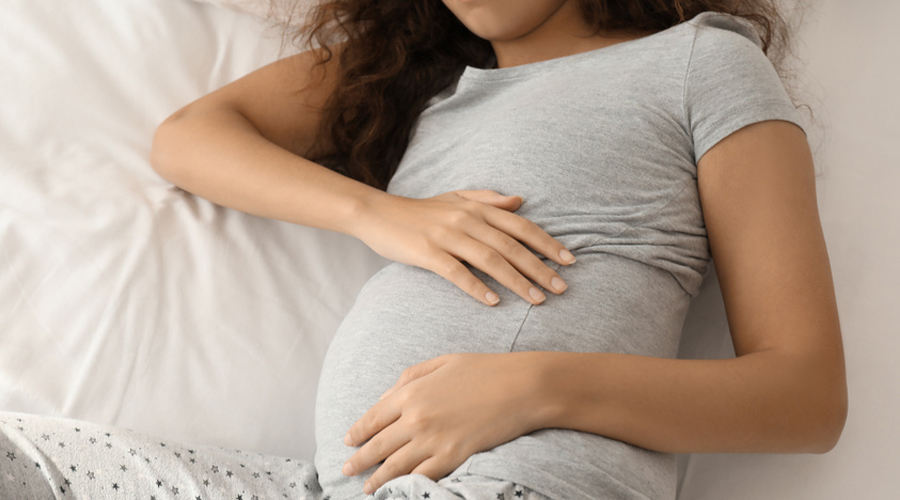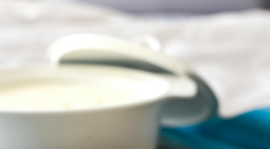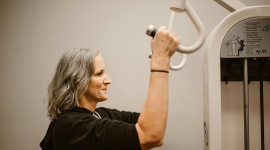Position d’accouchement : et si les professionnels s’adaptaient davantage au corps de la femme ?

Une photo, initialement publiée en janvier 2019 sur Instagram par un hôpital américain, a été repartagée des milliers de fois ces dernières semaines. Le cliché démontre à quel point la position gynécologique, couramment utilisée lors des accouchements, est loin d’être la posture la plus physiologique.
Accoucher les pieds dans les étriers. Telle est "la norme" en Occident. La Haute autorité de santé (HAS) précise qu’en France, la majorité des futures mamans accouchent allongées sur le dos. Une aberration pour les spécialistes qui prônent un accouchement plus physiologique et naturel. Et cette photo virale, initialement publiée en janvier 2019 sur Instagram par un hôpital de Dallas, aux Etats-Unis, et largement partagée ces dernières semaines, donne une tout autre image de la naissance. On y voit une femme de dos, sur les genoux en plein travail. On aperçoit une sorte de bosse au niveau du losange de Michaelis, une zone située entre les fossettes sacro-iliaques et le sillon interfessier.
Donner de l’espace au bébé
"Cette partie de l’os recule pendant le deuxième stade du travail (...) et accroît le diamètre du bassin", détaille le docteur Sarah Wickham du centre, en légende du cliché. "Si vous envisagez un accouchement normal, vous devez permettre au losange de Michaelis de se déplacer en arrière pour donner au bébé le maximum d’espace pour qu’il puisse retourner ses épaules", ajoute-t-elle. "C’est une partie intégrante de l’accouchement physiologique puisque cela permet à votre bébé d’avoir le maximum d’espace pour se faire un chemin vers le monde." Pour cet établissement, il est essentiel, quand la situation ne comporte pas de risque, de permettre à la mère d’être actrice de son accouchement. "Votre corps est fait pour ça ! Et votre corps et celui de votre bébé travaillent ensemble !", insiste le Centre médical de l'Université Baylor.
Les pieds dans les étriers, une position imposée
Bien souvent, la position gynécologique est imposée aux femmes surtout pour le confort qu’elle apporte à l’équipe médicale. Or, la posture du quatre pattes, sur le côté, ou encore l’aménagement de la position gynécologique peuvent faciliter la trajectoire du bébé.
Comme le rappelle l’OMS, toutes les femmes devraient pouvoir choisir (sauf cas d’urgence) la position dans laquelle elles souhaitent accoucher. Mais on en est encore loin…















